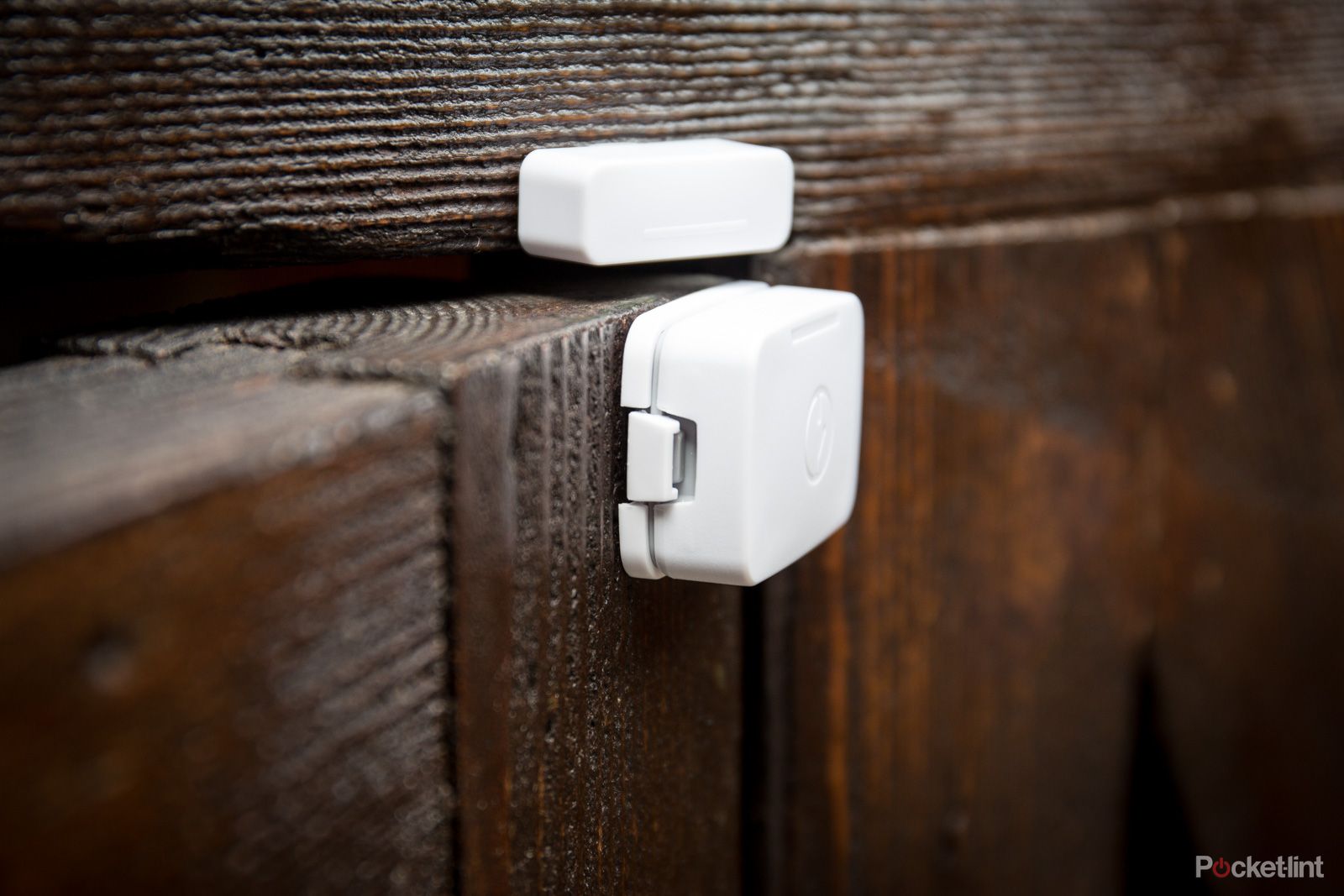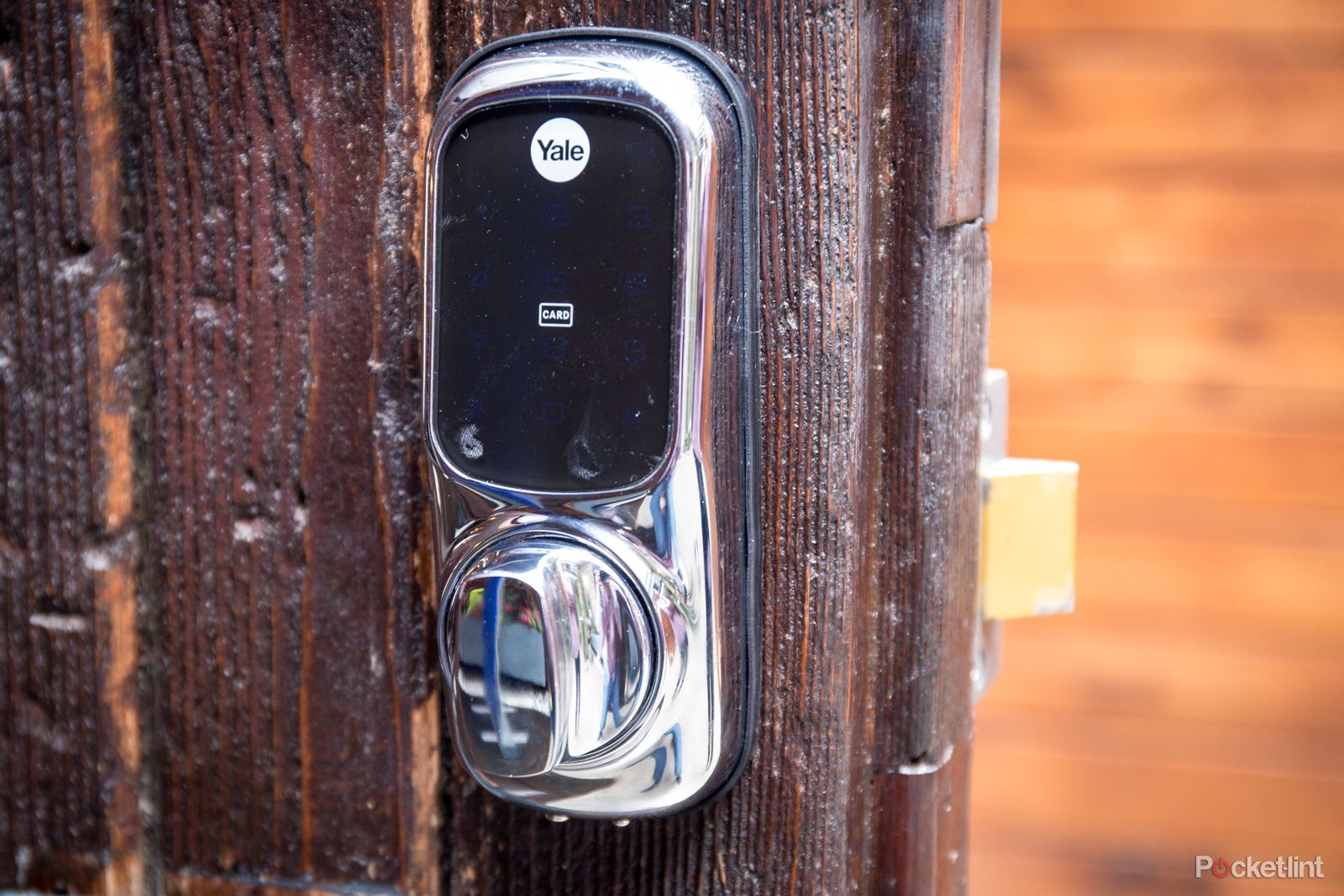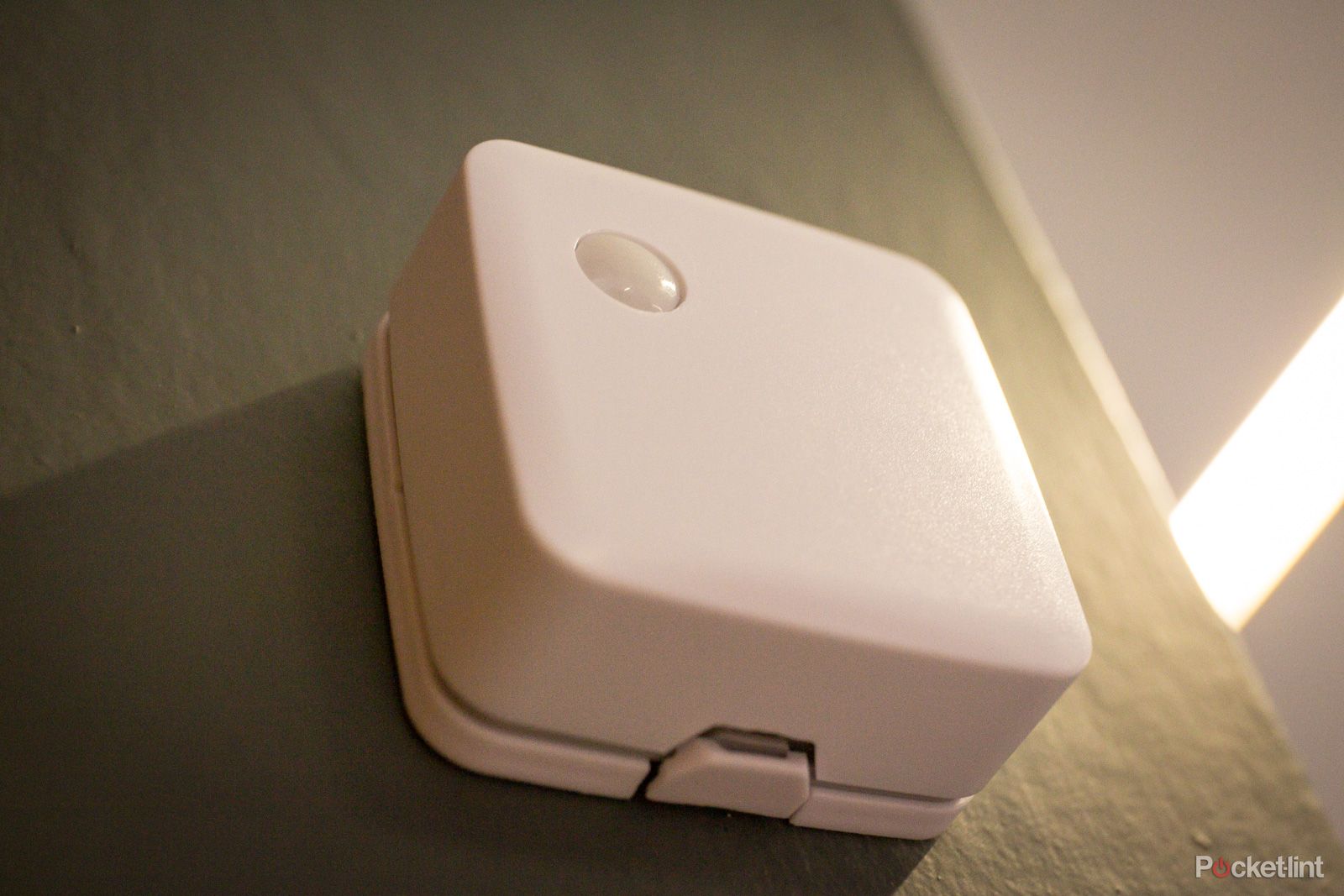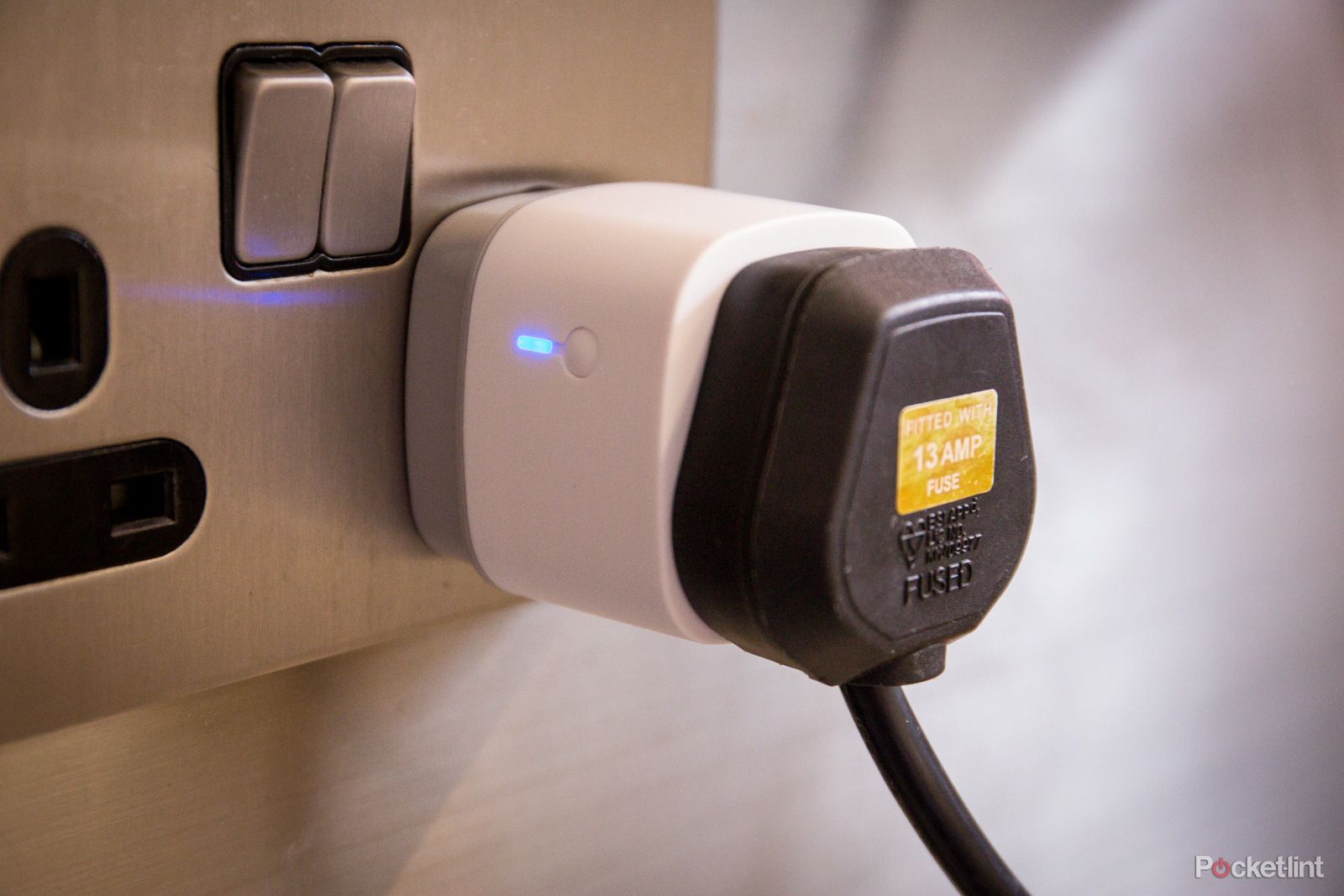Since Internet of Things device manufacturer SmartThings was bought by Samsung a year ago, many wondered if the Korean company would close the ecosystem and use it predominantly for its own smarthome growth ambitions. However, that couldn't be further from the truth, with the company not only retaining its open platform connectivity but enhancing upon it for the second generation of gear.
Our quick take
Keeping it open platform and completely compatible with both ZigBee and Z-Wave standards mean that the list of supported IoT devices is growing rapidly - not least because Samsung is committed to ensuring its own appliances and devices work with the system.
We're only really at the start of the connected home journey, but on this evidence SmartThings has the basics spot on.
Coming to the UK on 10 September, the SmartThings Starter Kit will cost £199, the Moisture Sensor costs £30, as does an additional Motion Sensor, Multi Sensor or Presence Sensor. Additional Power Outlets cost £45 apiece.

Samsung SmartThings 2nd gen hands-on
| FOR | AGAINST |
|---|---|
|
|
|
A redesigned Hub sits at the heart of a new Samsung SmartThings line-up that also marks the first time the IoT brand will make its products available in the UK. It is based on the same open platform architecture as the previous range, but has been redesigned with a simpler look in some cases.
Some of the original SmartThings devices remain in the series, but there are new additions too. And they all get new packaging with the Samsung logo on the box, of course. Plus, an all-new version of the smartphone application for Android, iOS and Windows Phone will be released at the same time as the product range, 10 September in the UK.
What is the SmartThings system?
Pocket-lint was invited to a demonstration of the new SmartThings kit in London, prior to Samsung's IFA press conference, to see what each could be used for in a certain circumstance, although the beauty of most of them is that they have an array of different uses, depending on programmable routines or what third- or first-party smart devices they communicate with.
Having an existing heritage means that the list of compatible third-party devices that work with the SmartThings sensors is extensive already. Products from Bose, Honeywell, Yale, LIFX, Aeon and, of course, Samsung work well with the system, as do many others.
Owners of Philips Hue lighting systems will be happy that they are compatible too. Both a Philips Hue hub is required as well as the SmartThings equivalent, but the lights can be controlled through the dedicated application or via the sensors - something we got to see for ourselves.
It's important to note that the SmartThings devices themselves are merely connected sensors that, through the dedicated smartphone app, effectively tell something else to switch on or perform some other action when certain parameters are met. They won't boil water for you, but will tell a kettle to do so. And are incredibly effective, as we found out.
SmartThings Sensors
The new SmartThings line-up consists of the aforementioned Hub, a Multi Sensor, Motion Sensor, Presence Sensor, Power Outlet and Moisture Sensor. They can be bought separately, but most of those (all but the Moisture Sensor) also come in a Starter Kit, alongside a Hub, so you can set your home up with some of the functions and then add to it later.
The Multi Sensor can basically tell if a door or window is open or closed as it comes in two parts that know when they are separated. It also has a vibration sensor inside, plus one that measures temperature. All together, they can tell if you've left the fridge door open, for example, or even if there is a knock on the door.
The Motion Sensor detects motion in a room and can then be set to alert the smartphone app that there is something not quite right. It can be used to trigger a burglar alarm or start a security camera set-up to record the next 10 minutes or so. Alternatively, the sensor could detect motion, alert the app which could then simply switch on the lights automatically for a person entering the room.
Another of the SmartThings devices that can help with location interactions is the Presence Sensor. Taking the form of a small keyring, it can be hooked on a bag or keychain, even placed in a pocket and the app will know when the wearer is within reach of the home network. It could even be fitted to a dog collar, and the owner could then monitor when their pet leaves and enters the house.
A Power Outlet is a bridge between a general powered device and the electrical mains. It can be set to come on at certain times or through the tap of a button on the app. It effectively turns generic household electronics and appliances into smart ones.
Finally, the Moisture Sensor is perhaps the most niche and specific of the bunch. It has two contacts on the underside that only alert the smartphone when both are touching water. It is ideal for a basement, for example, which is prone to flooding - alerting the owner, a plumber or even emergency services that water is seeping in.
Setting up SmartThings
The fascinating part of the SmartThings set-up is that while you can have different devices performing different, dedicated actions, when you combine them you can create an astonishing amount of home automation.
Wear the Presence Sensor (or have your smartphone with the app on you, as it does the same thing) and walk into a room with the Motion Sensor installed and it knows instantly that you are in the home as it can see you on the home network, and are likely in the specific room because the Motion Sensor detects motion. It can therefore tell the Power Outlet to light up a non-smart lamp, and the connected Bose hi-fi system to start to play your favourite radio station.
That's just one example and the SmartThings team told us that there are already thousands of pre-determined routines to download through the app for many different uses. It really does seem to be down to the user's imagination as to what a small handful of sensor devices are capable of.
They are also mind-numbingly simple to set up, with the app recognising each as long as the Hub is installed first. And because they are uncomplicated, it's a doddle to fix them to a wall or even placed on a shelf.
READ: Philips Hue review



